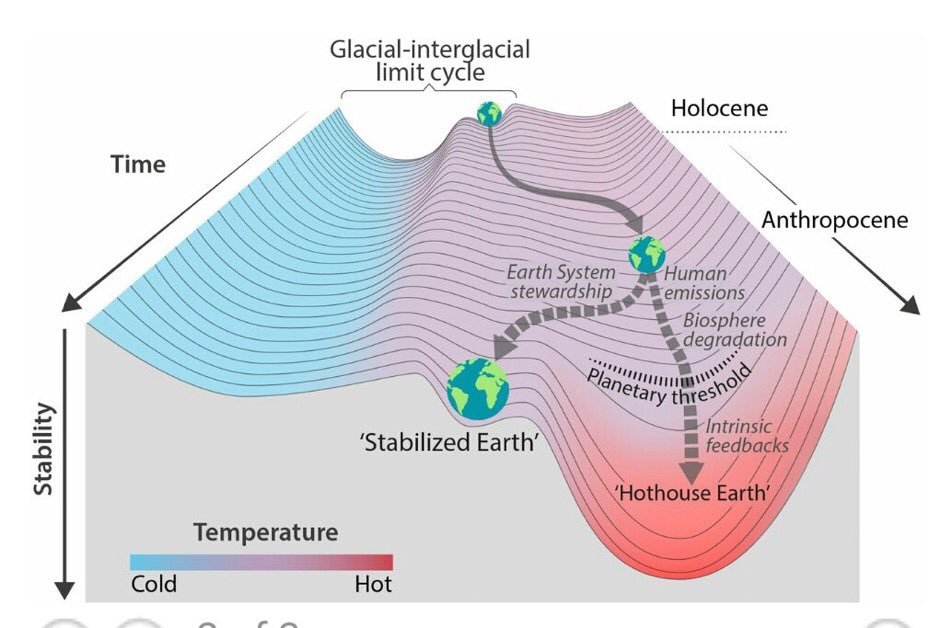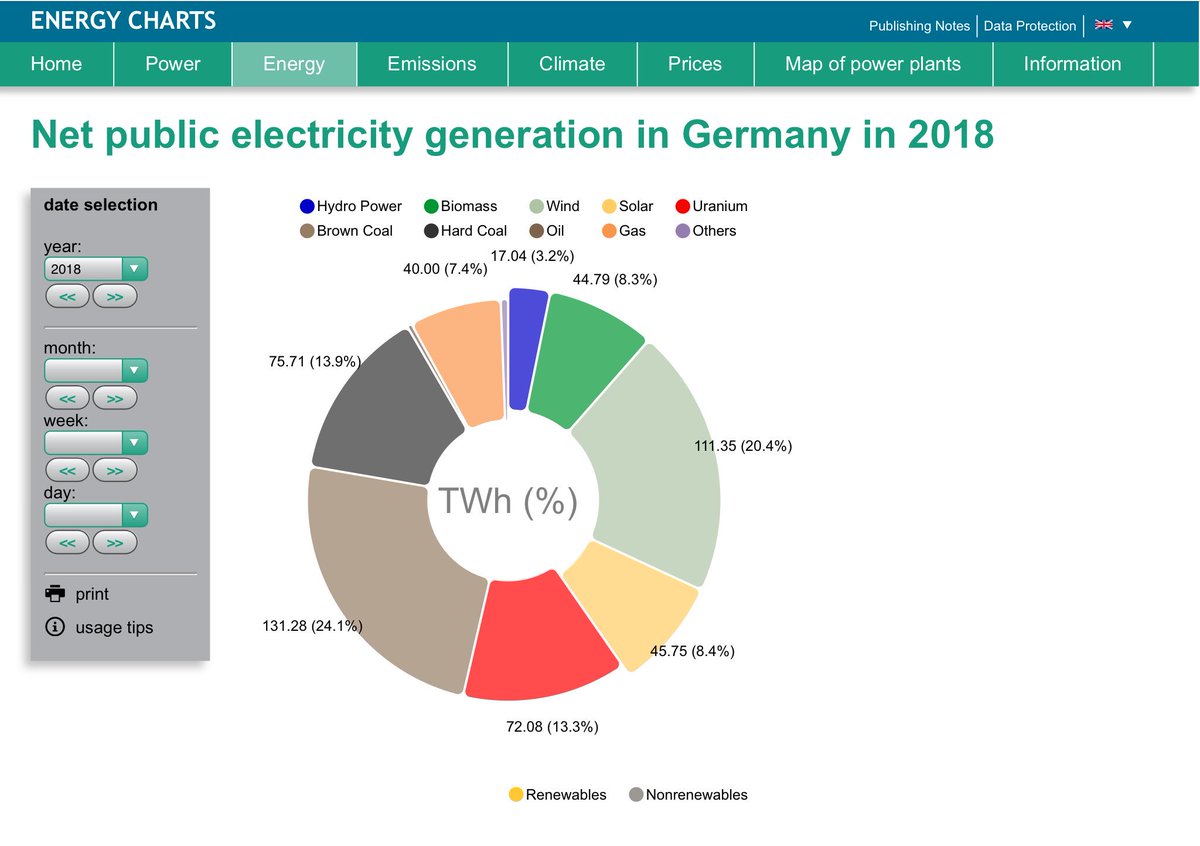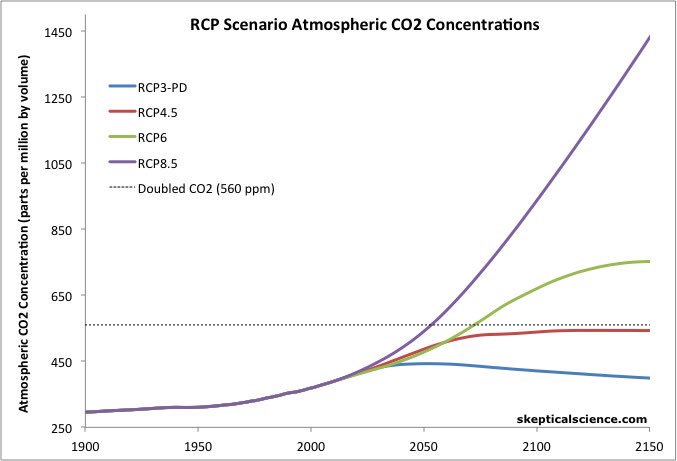pnas.org/content/early/…
2. Insights from Earth’s recent geological past in conditions that can be reached with CO2 and temperature levels realized or projected for this century.
4. Contemporary observations of tipping element behavior at an observed temperature anomaly of about 1 °C above preindustrial.
(iii) What planetary stewardship strategies are required to maintain the Earth System in a manageable Stabilized Earth state?
For (much) more: read the full #HothouseEarth paper, and its Supplementary Information, for yourself here: pnas.org/content/early/… (open access!)
Our view on what that would mean for the energy system: ecofys.com/en/publication…














